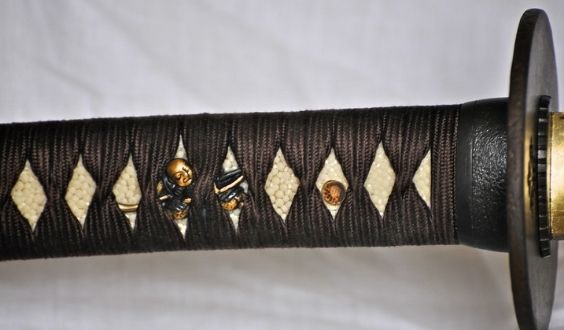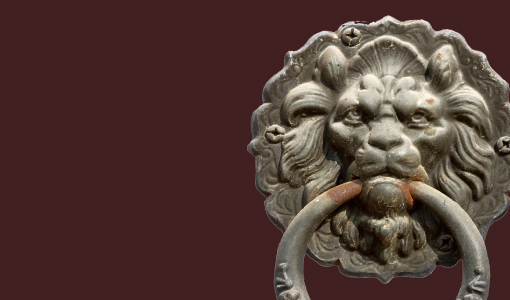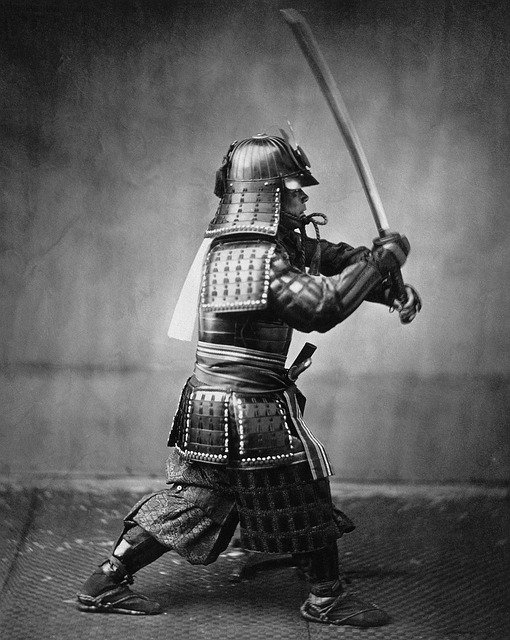Katana Swords: Important Parts You Need to Know
The Japanese Katana swords are some of the most popular and well known swords in history. It’s easy to see why, because they’re beautiful works of art that can be used as weapons or displays for your home.
More than that, several television shows and films have utilized this iconic weapon, elevating its status further to reverence for many.
It has started a wave of collection and even practice in many people. Whether you are purchasing a katana for display, for exercise, or for martial arts, it is important to learn about the parts of a katana.
Understanding the various parts that make this unique and deadly weapon is essential for any sword owner. For one, it will help in understanding all the history and artistry that has gone into the evolution of the katana. It is also a step towards proper maintenance.
If you’re thinking about getting a katana sword, then there are several parts you should know before making the purchase. Let’s take a look at what makes up this amazing weapon!

Important Parts of a Katana You Need to Know
When you think about buying a katana, it is important to know all the parts that go in making this weapon. As it is one of the most popular swords in history, there are several names for its many parts.
Parts like the tsuba (hand guard), the hamon, the tsuka-ito, and even the saya (scabbard) may be new terms you’ve never heard before. But by learning these terms now, you can be better informed on how to purchase and maintain your own katana sword! Let’s look at each part in detail.
The Blade
This is the main part of your katana sword that you need to be concerned about. The blade of the katana is quite unique. Blacksmiths in Japan back then needed to make a sword that was durable yet sharp and deadly. Their solution was to make steel with less carbon.
In order to reach this, they created the process of folding steel. This gives the katana blade the eye-catching unique look and sharpness.
The Hamon Line
Another important part of the katana is the hamon. The hamon is a very distinct line that is only present in katanas. It is a wavy line seen at the middle of the blade. It is formed due to the clay tempering used to enhance the blade’s durability.
Some would say that a katana without the hamon line isn’t authentic. If you will be purchasing a katana, and are aiming for something as close to or absolutely authentic, look for the hamon line.
The Mekugi Pin
The next part we’ll be talking about is the “core” of the katana. Another unique thing about katanas is that the blade and the handle are not welded together.
Instead, the blade is one whole piece that is held together in the handle by the mekugi pin. This is the peg or pin that holds the blade in place. The katana can have one or two of these pins, one at each side of the handle to ensure it remains fixed in its position.
The mekugi pins are usually made from bamboo and must be flexible. This means that they can be very difficult or even impossible to remove without damaging them or the handle itself (which degrades the value of your katana sword).

The Tsuka and the Tsuka-Ito
This is another essential part to be aware of when it comes to learning about katanas. It is the part where you would grip when you hold the katana. It is usually wrapped in silk with an intricate design. This silk is called the Tsuka-ito.
This is a special kind of cord that ties the tsuka (grip) to the tang of the blade. The term “ito” actually means “string” which aptly describes what this part looks like. In essence, it’s a tightly tied string wrapping around all parts of the tsuka as an added layer for extra protection from wear and tear due to extensive use.
This is what gives a good grip onto the handle to ensure maximum maneuverability and control.
Understanding the Katana
If you want or plan on owning a katana, knowing these pieces will help immensely in understanding what you have purchased. It’s good information to have even if you’re not thinking about purchasing one now!
For example, as any martial arts enthusiast can tell you, it is very important that you know which direction the sharp side is facing, especially if you have children running around your homes!
It is also vital that you know how to disassemble and clean the katana properly. And knowing all the parts will help in keeping it safe from things like rust and corrosion, which can destroy a blade over time. So be sure to keep swords well-maintained and take extra care in cleaning them every once in a while!
Now you know the important parts that make up this deadly weapon. Happy shopping and remember: Keep your katanas sharp!
You might also wanna check CHINESE SWORDS: EVERYTHING YOU NEED TO KNOW.

